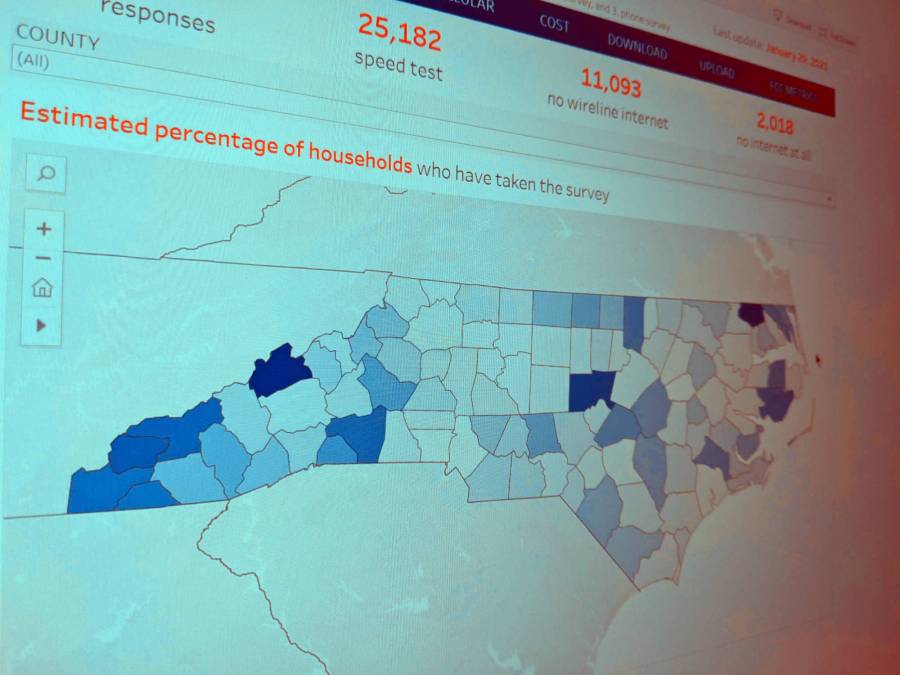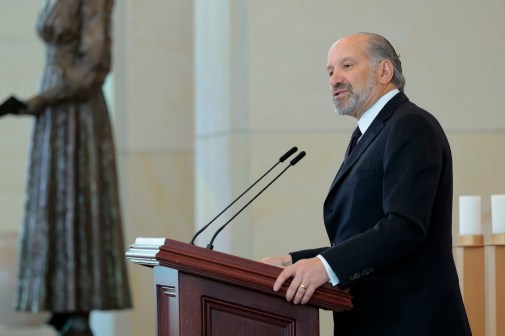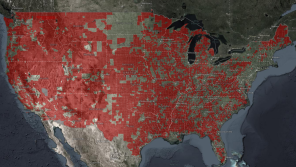State broadband official expects new FCC data will provide closer look

The Federal Communications Commission’s announcement last Friday that it’s finished collecting granular, geolocation-based data from internet service providers marked a major turning point in its long-running quest to build a new nationwide map of broadband coverage.
It was also a milepost for state broadband officials, who have spent the past few months prepping themselves to claim a chunk of the federal government’s $42.5 billion Broadband, Equity, Access and Deployment fund, the distribution of which will be in part dictated by information gleaned from the new map.
FCC Chair Jessica Rosenworcel wrote Friday that she’s aiming to publish a first-draft map in November. First, though, comes a challenge period — beginning next Monday — when state, local and tribal officials, as well as internet carriers can examine and potentially correct the underlying data. For Nate Denny, deputy secretary of broadband and digital equity at the North Carolina Department of Information Technology, this phase represents an opportunity to further hone its plan for the BEAD grants, which are being distributed by the Commerce Department’s National Telecommunications and Information Administration, and other programs.
“We’ll be very active in reviewing the map,” Denny said in a phone interview. “We are certainly interested in getting more granular understanding of who’s served, who’s underserved and who’s unserved.”
Rosenworcel wrote that over the past several months, she’s met with broadband leaders nationwide. Denny described his own conversations with the commission as productive and said that the FCC’s new map will add to data his office has already collected.
“They’re going out of their way to make sure states and communities understand the process and what role they can play and making sure data is good,” he said. “For our part we try to make sure they understand what the mapping efforts look like, how we’re using surveys and what our protest process looks like.”
He also said the FCC’s recent approach is a shift from past interactions with Washington.
“The FCC’s approach here making sure states are at the center of this process, that state and local governments have a voice is really appreciated and a pleasant change,” he said.
Denny noted that his office has already queued up $1 billion for broadband expansion out of the funds North Carolina got in last year’s American Rescue Plan. That distribution of that money — including the Growing Rural Economies with Access to Technology, or GREAT, grant program — has been informed by data the state broadband office has collected through a series of surveys dating back to July 2020.
He said the state’s data on broadband coverage has been developed in concert with GIS analysts and public-safety officials around the state.
“We’ve got a really active partnership across our geospatial analysis division and our 911 board to look at updated county location data, so we’ve got a really accurate baseline,” he said.
But during the FCC’s challenge period, Denny said, he expects to see layers of data the state hasn’t had on file.
“I think they’ll have new data we don’t have access to yet,” he said.






